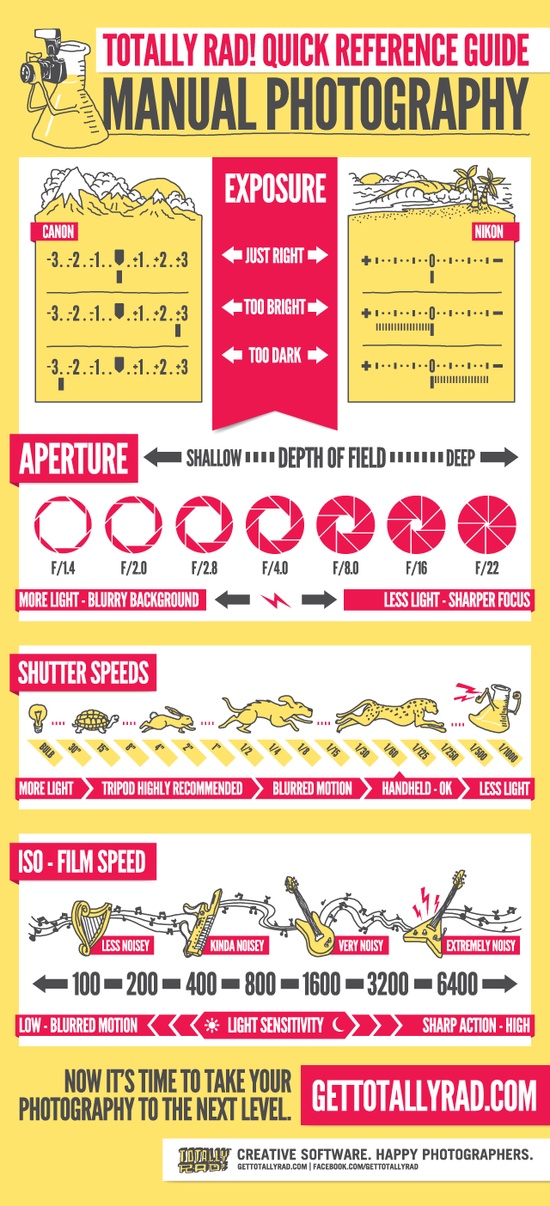What Every Photographer Needs To Know About Illumination
What Every Photographer Needs To Know About Illumination
Blog Article
Author-Caldwell Brady
As a professional photographer, you understand that lights can make or break your pictures. Recognizing the nuances of both natural and artificial light is important for capturing the mood and clearness you aim for in your work. Whether you're chasing the ideal gold hour glow or tweak your artificial configurations, understanding these components can boost your photography considerably. Yet there prevail pitfalls that many forget, and recognizing them can change your method to every shoot. Let's discover what you may be missing out on and how it can affect your outcomes.
Comprehending All-natural Light
Recognizing natural light is essential for any kind of digital photographer seeking to enhance their work. It's the foundation of wonderful photography, affecting state of mind, tone, and clearness. When you shoot outdoors, take note of the time of day. The golden hour-- soon after sunup and prior to sunset-- provides soft, cozy light that can transform average scenes into sensational images.
Don't underestimate the power of overcast days. Cloud cover diffuses sunshine, creating a soft, even light that's excellent for portraits and macro photography. You'll locate shades pop in this type of lights without severe shadows.
Placing issues, also. Constantly consider your topic's positioning to the source of light. If the sun's behind your subject, you may wind up with a silhouette, which can be remarkable however mightn't be what you desire. Alternatively, direct sunshine can produce uncomplimentary darkness.
Try out angles; often, altering your viewpoint can yield impressive outcomes. Usage visit the next internet site , like water or sand, to bounce light onto your topic, including measurement.
Learning Artificial Light
Grasping man-made light is necessary for photographers who want to take their skills to the following degree. Whether you're making use of speedlights, workshop strobes, or continual lights, recognizing just how to control these sources can drastically enhance your photos.
Start by familiarizing on your own with the basics of light quality, direction, and color temperature level. Experiment with different modifiers like softboxes, umbrellas, or grids to control the soft qualities or cruelty of the light.
You'll find that soft light often develops complementary results, while harsher light can add drama and depth. Don't avoid darkness; they can improve the three-dimensionality of your topics.
Pay very close attention to the placement of your lights. A light positioned as well near to your subject can develop unflattering outcomes, while as well far can lead to a lack of detail. Make http://mohamed071niki.booklikes.com/post/6560926/unlock-the-secrets-to-discovering-the-ideal-electronic-camera-for-your-demands-however-which-kind-will-absolutely-catch-your-vision of a light meter or your electronic camera's pie chart to ensure you're subjecting appropriately.
Last but not least, bear in mind that synthetic light can be mixed with ambient light for imaginative results. Balancing these sources could take technique, but once you grasp it, your photography will truly shine.
Strategies for Various Situations
When you step into various capturing scenarios, adapting your illumination strategies is crucial for recording the best photos. For outdoor portraits, utilize the gold hour-- early morning or late afternoon light-- to soften darkness and improve skin tones.
If it's a severe lunchtime sun, consider using a reflector to bounce light back onto your subject or look for shaded locations for a much more also direct exposure.
In simply click the following webpage -light scenarios, like interior occasions, raise your ISO and use a wide aperture to let in even more light. A tripod can assist get rid of camera shake, allowing for longer exposures without blurring.
If you're shooting at night, try out off-camera flash to develop vibrant illumination and deepness in your images.
For product photography, use diffused lights to prevent extreme representations. Softboxes or light outdoors tents can assist accomplish this impact.
When photographing landscapes, consider the direction of light and time of day, as it can substantially transform the state of mind of your shot.
Always be ready to readjust your setups and positioning based on the situation, as flexibility is vital to mastering lighting in photography.
Verdict
Finally, understanding illumination is essential to boosting your photography skills. Embrace natural light's charm throughout golden hour, and don't avoid trying out man-made light methods. By adapting your method to various circumstances, you'll record magnificent images that resonate with feeling and quality. Remember, just click the next webpage can change a normal shot into something remarkable, so keep practicing and improving your understanding of both all-natural and fabricated light. Happy shooting!
